How Google saved the Nexus program


Two years ago, the Nexus 4 was king, we had Google Play Edition devices coming out of our ears and stock Android was everywhere. It seemed like the Nexus program was at the top of its game. But then times got tough and people started saying the Nexus line was dead. Boy, how things have changed. Here's how Google saved the Nexus program.
The early days of Nexus
In its early days, the Nexus program was about building a reference device for developers, uncluttered with manufacturer skins, bloatware and gimmicky software features. Then it became more about stock Android scraped over high-end hardware in order to showcase just how powerful and responsive Android could be for mainstream users.
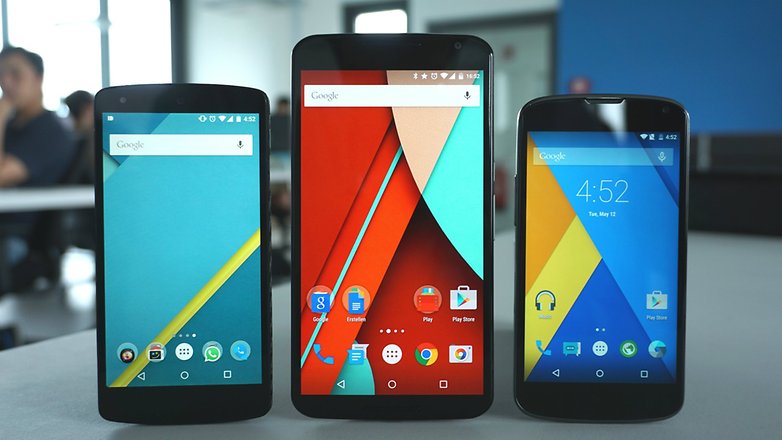
The other big bonus was that Nexus devices always got new Android updates before anyone else, making them a staple of developers and Android fanboys worldwide. Each new Nexus arrived with a new version of Android and was basically guaranteed update support for the next 18 months, if not two years.
But what really pushed the Nexus program into the limelight was the price point dropping to below the US$350 mark, first with the Galaxy Nexus in 2011 and then the Nexus 4 in 2012. A high-end stock Android device and a low price was the magic recipe. Nexus had really arrived.
Nexus hits its stride
The following year, Google partnered with LG for the second time to create the Nexus 5, which took everyone by surprise. It was an incredibly good phone and is still performing at a high level two years later. It had some camera issues at launch and the battery was never great, but it was the best Nexus phone by a long shot.
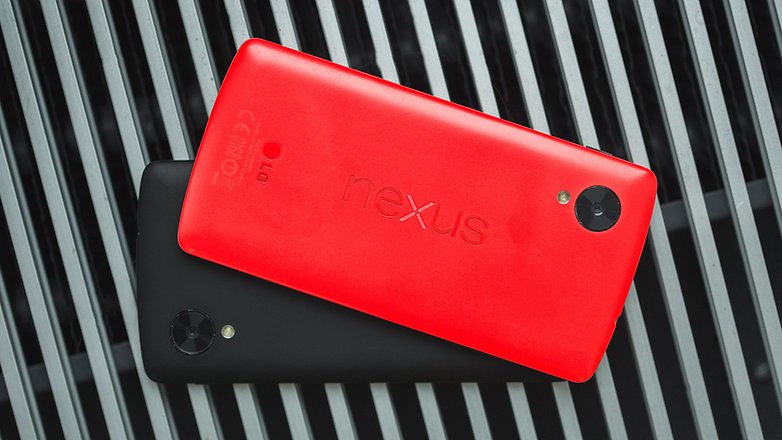
But not long afterward, GPe devices started to disappear, and there were rumors the Nexus program would be scrapped. Android One stumbled at the starting line.
"Nexus is (not) dead"
But the Nexus program wasn't dead. Not officially anyway. Despite selling Motorola to Lenovo, Google partnered with the company for the Nexus 6, possibly the worst Nexus since the Nexus S, in 2014. The phone was really big – six inches – and cost a fortune, mainly thanks to its size and QHD display. It seemed the days of an affordable high-end stock Android experience were gone and, once again, the naysayers claimed the Nexus program's prime was behind it.
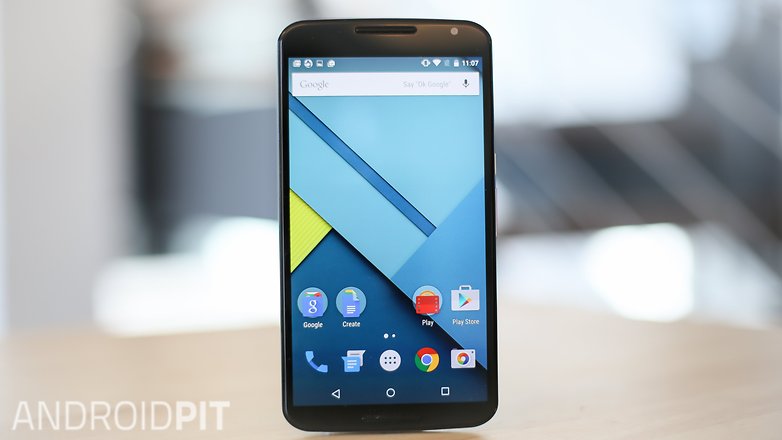
Had Google given up on its new winning recipe of high-end performance and low price, and instead sold its soul to the higher profit margin? Samsung got caught up in the same sea change a year later, with the ludicrously priced Galaxy S6 Edge. Perhaps Google had simply come under pressure from carriers not to undercut their pricing on Google Play so significantly. Whatever the reason, Nexus fans weren't happy.
A Nexus to suit everyone
This is probably part of the reason why Google decided to split its Nexus offerings in 2015, to offer both a high-end and mid-tier Nexus. Calling the LG-built Nexus 5X mid-tier is perhaps unfair, but its price point is certainly back where we like a Nexus price to be.
But Google also partnered with Huawei this year to make a premium Nexus, that also has a high price. Whether it's because Huawei did a better job on the Nexus 6P than Motorola did on the 6, or because we're all just a little more accepting of the idea of a high-priced Nexus now, the Nexus 6P didn't suffer anywhere near the backlash that the original Nexus 6 did on account of its price.
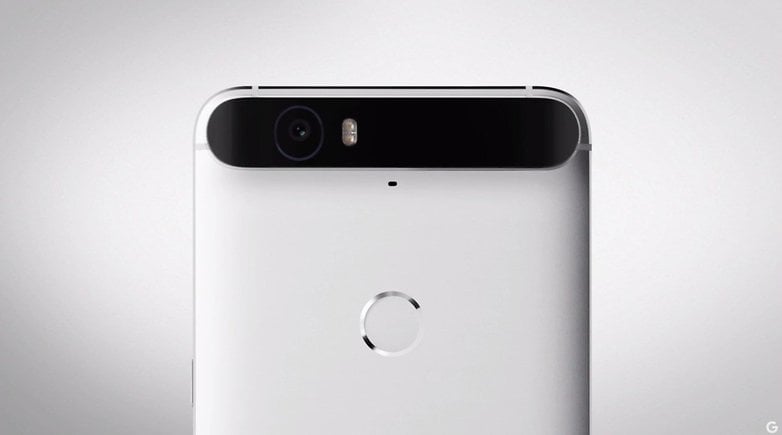
Google played this year very smart: it got Huawei on board for the high-end Nexus, probably because of the company's extraordinarily good fingerprint scanner and solid design chops, and looked to its old partner LG to reproduce the magic of the original Nexus 5.
The Nexus 6P might be hogging the limelight, but the Nexus 5X is still a very capable phone at a good price, featuring the same camera sensor and fingerprint scanner as the 6P. It's offers the Nexus experience to those who don't like the size or price of the Nexus 6P. This is the silver bullet to the problem that plagued the Nexus 6: one size (and price) simply didn't fit all.

Two Nexus devices from now on
Google has been clear that the X line will represent the core of the Nexus experience while the P line will offer the premium angle. This is a positive admission, because it means that sales figures alone won't dictate the future of both offerings: it sounds as though Google has committed to the two-phones-per-year approach.
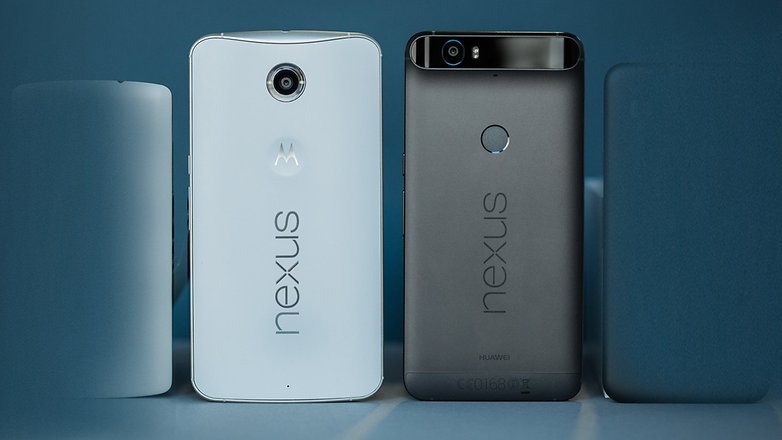
So next year we should see a new Nexus 5X (2016) and Nexus 6P (2016), and will once again have the choice between a high-end hardware and design solution with a higher price, and a lower-priced, more modestly spec'd Nexus. This may not please everyone, but it will certainly please a lot of people. So much for the perennial rumors that the Nexus program is dead: the truth is, it's only getting started.
What was your favorite Nexus? What do you think of the two Nexus approach? Share your views in the comments.


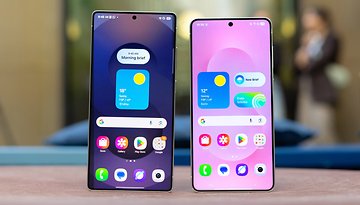
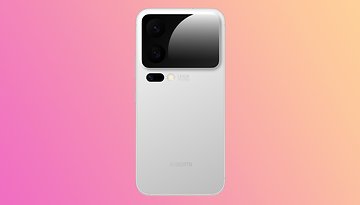




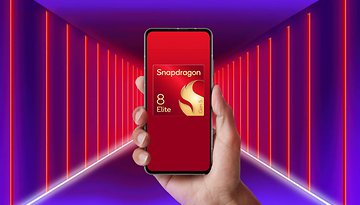

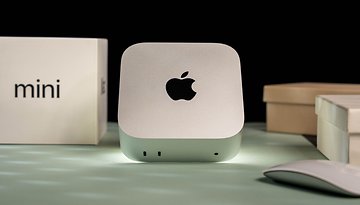


You've had notice nexus is over.
My favorite Nexus is the one you trash about, Nexus 6 the Beauty Made Beast. After that is my actual present phone Nexus 6P.Well in some stuff the 6P is better and in some the original 6 goes ahead. But there is something about the Nexus 6 that I was mesmerized and wow by it for an entire year. Something the N6P hasn't achive on me. The small bezels with the sexy body, the screen and the speakers get toguether with the fluidity and smooth performance to make the best phone I ever use. But that's is my opinion.
Nexus 5x
Nexus One was my favorite, but the Nexus 5X is absolutely not affordable in Europe. Maybe in the US but in the EU the latest Nexus phones are just as expensive as the Nexus 6
Nexus 6P is a litle big for me. My favorite is Nexus 5X. Boath new Nexusis, 6P and 5X next year again? Yes, when then will be a lot of useful news on them.